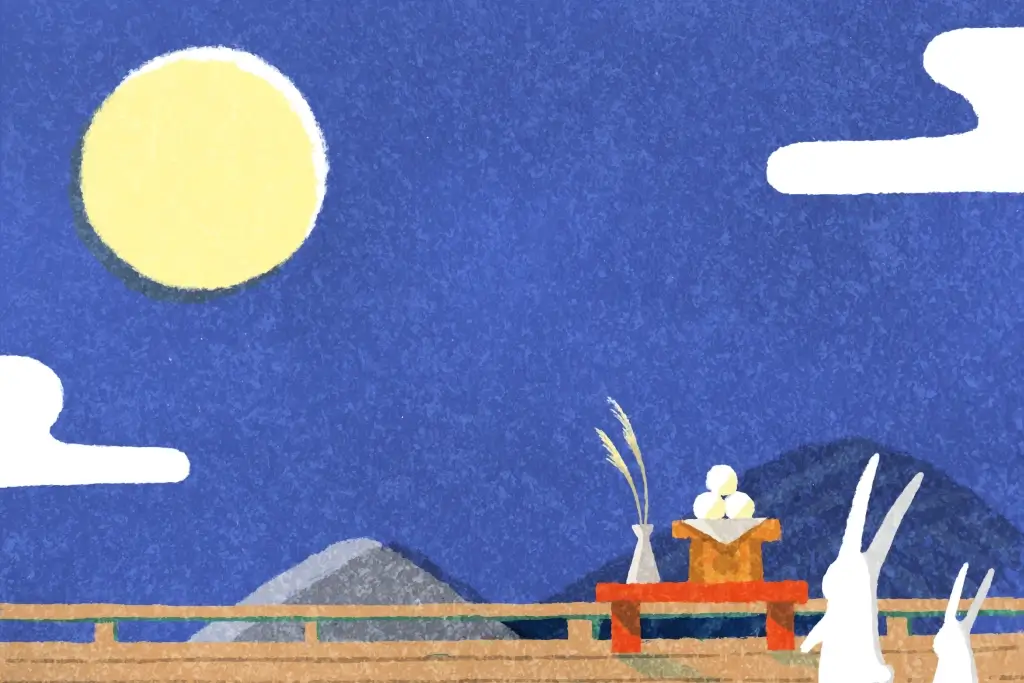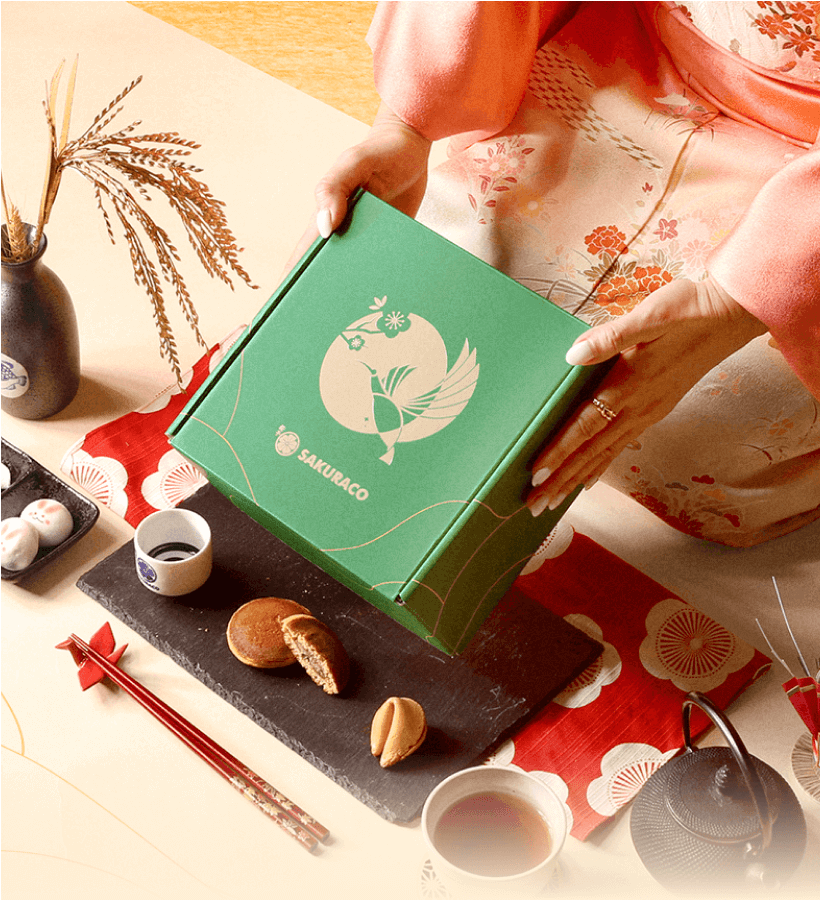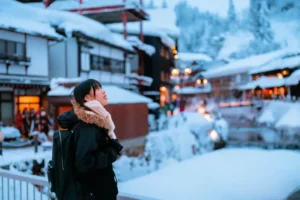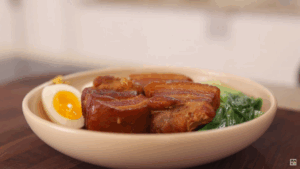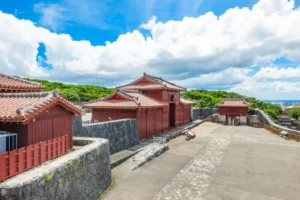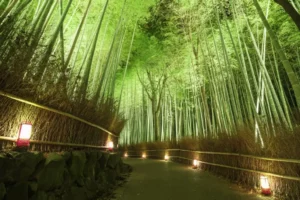The moon is vital in Japanese culture; it symbolizes change, mystery, and peace. Poetry, folklore, and festivals draw from the nation’s long history with the lunar cycle. Artists across the centuries have used it as inspiration. Some simply tried to capture its beauty or explain its deeper meaning. Japanese moon art in particular captures this.
Others used it for their own artistic expression or commentary on the world. Japanese moon art takes many forms; paintings, prints, and various other media have all been used to illustrate Japan’s relationship with the moon. Some even blend ancient tales for deeper artistic insight. Today, we’ll explore some key pieces and learn about their history, meanings, and the artists who created them.
Table of Contents
ToggleWhat is Japanese moon art?
Japanese moon art refers to artwork in which the moon plays a central role. These works depict lunar scenes and night skies, usually focused on themes like change. They are often tied to seasonal activities like autumn viewing parties. These artworks often took the form of paintings.
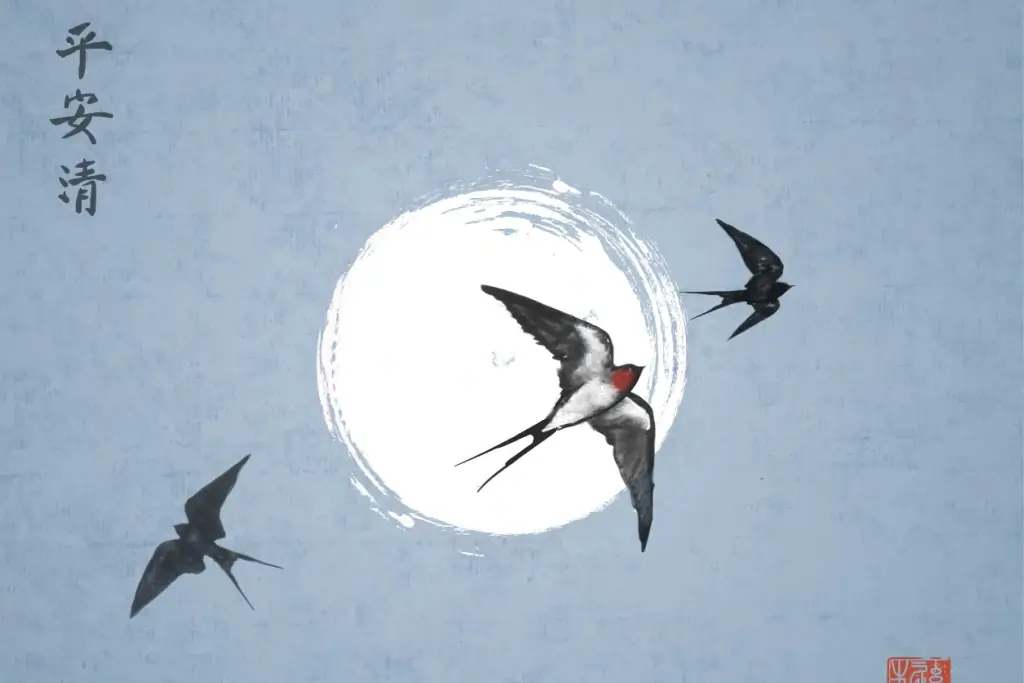
Materials like gold leaf were used to create the shimmering effect of the moon’s reflection on water. Ukiyo-e (浮世絵) (woodblock prints) were another standard method. The term “ukiyo” can be translated as “floating”, or “fleeting”. It is often used in the expression “Floating World”, referring to the daily pleasures and cultural moments that were commonplace in Japan at the time. Many artists sought to capture these moments and used the moon in their symbolism.
What is the history of Japanese moon art?
The moon has been a core element in Japanese art since ancient times. But, over time, the role of this heavenly body began to evolve. It appeared in classic works during the Heian period (794–1185). By the Edo period (1603–1868), artists were weaving moon motifs linked to Shinto and Buddhist ideas into everyday scenes. The style remained popular throughout the following centuries but became a genre in the Meiji period (1868-1912). Western influences blended with traditional styles during these years, and technology made prints more accessible.
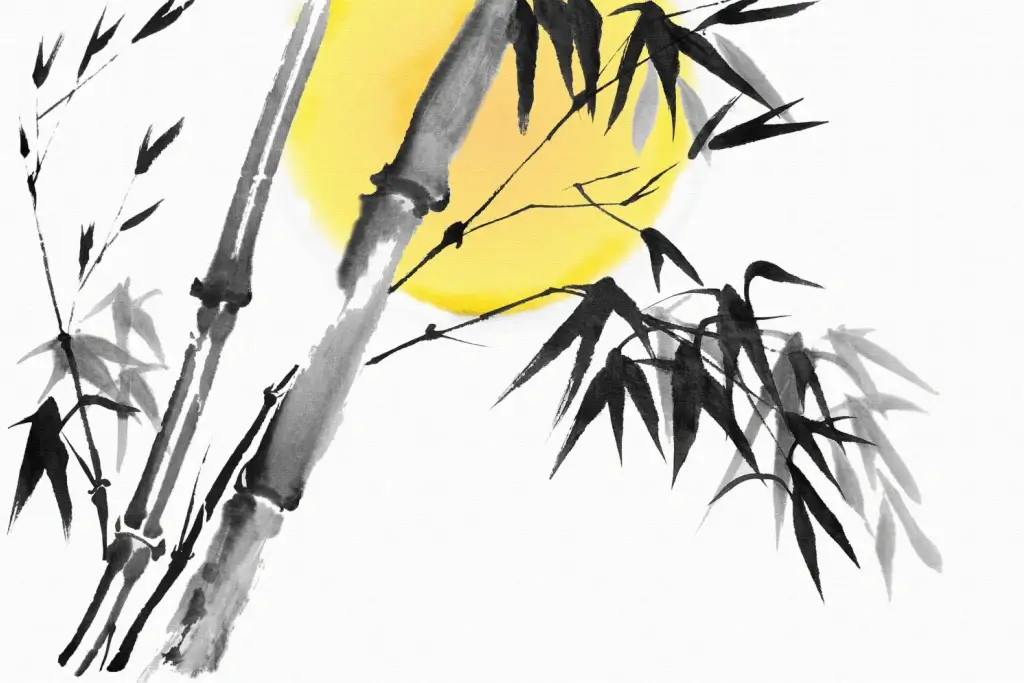
What are some popular moon art pieces?
“Princess Kaguya” by Toyohara Chikanobu
This ukiyo-e woodblock print was created by the artist Yoshu Chikanobu (also known as Toyohara Chikanobu) in 1891. Chikanobu was a prolific woodblock artist of Japan’s Meiji period. His works are known for capturing the transition from the age of the samurai to modern times. Princess Kaguya is part of the series “Fugaku shu” (“Mount Fuji Collection”).
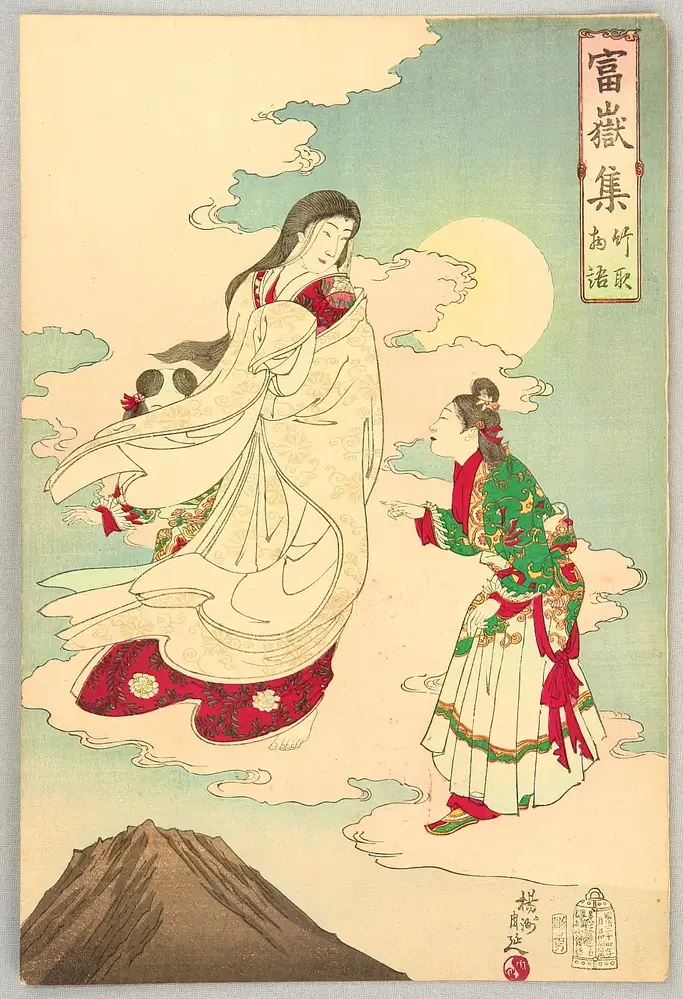
It depicts a scene from an ancient story called The Tale of the Bamboo Cutter, which an unknown author wrote. This 9th-century folktale is considered the oldest known Japanese narrative (monogatari). In this sad tale, a bamboo cutter finds Princess Kaguya (Kaguya hime) inside a bamboo stalk.
He takes her home and raises her as his daughter, but she eventually returns to her people on the moon. The print shows her ascent through the clouds. Chikanobu used vibrant colors to illustrate Kaguya floating towards the heavens in elegant robes as the moon shines above Mount Fuji.
“Black and White Monkeys Trying to Catch the Moon” by Kano Tsunenobu
This piece was painted around 1683, during the Edo period (1603–1868). As the name suggests, it shows a pair of black and white monkeys playfully hanging from branches over water. One monkey tries to catch the moon’s image as it ripples below. The painting is known for using dark ink, colored paint, and gold to create vivid contrasts.
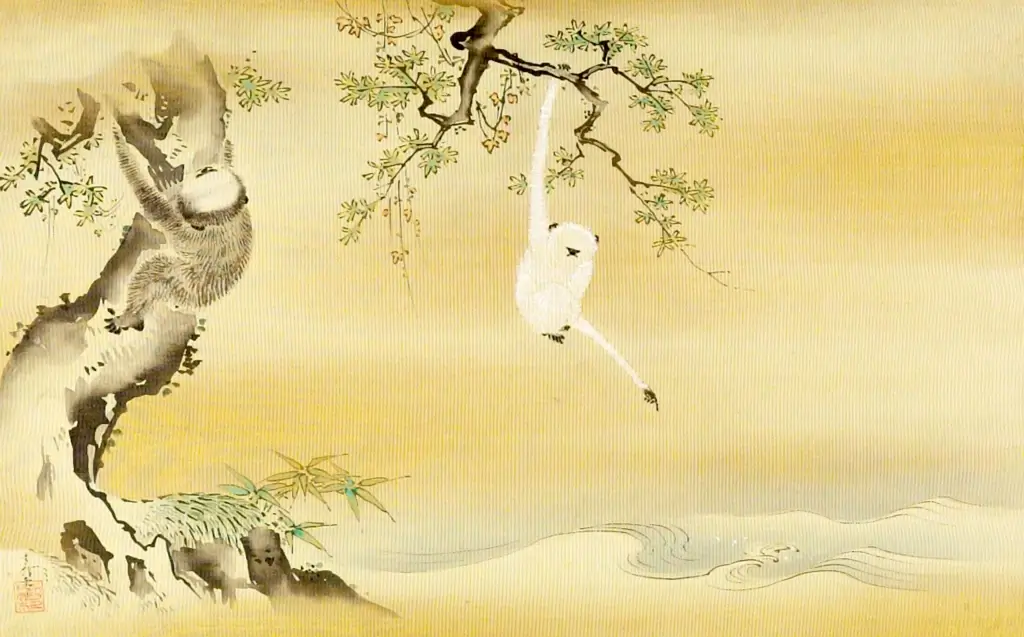
The scene illustrates a famous Zen parable. There are many versions of this ancient Buddhist tale, but one version describes monkeys attempting to seize the moon’s reflection. Despite their efforts, they repeatedly fail and fall into the water. The painting reminds us that not all things can be possessed and explores how useless it is to chase illusions.
“Ukiyo Junikagetsu” by Ogata Gekko
“Ukiyo Junikagetsu” was created throughout the Meiji period by Ogata Gekko, another famous painter and woodblock designer from the Meiji era. The name translates to “Twelve Months of the Floating World” in English, and it is actually a series of ukiyo-e prints. Each one illustrates a moment from a different month of the year. And several of these scenes use the moon to set the scene.
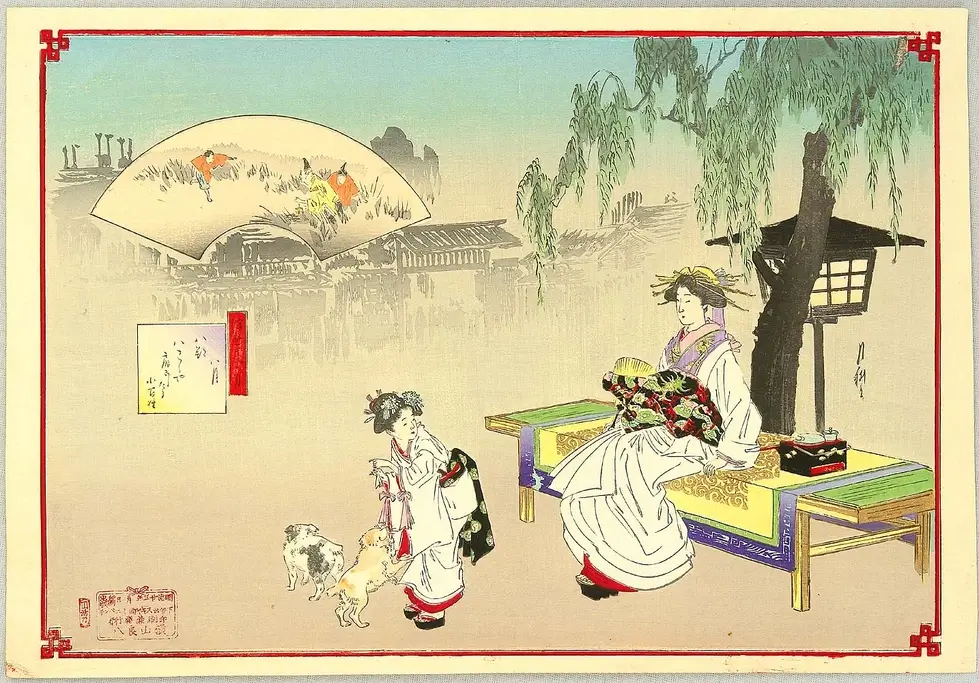
Gekko created other moon-themed prints besides this series. Lovers at Heian Court Enjoy an Evening Boat Ride shows a couple under the moon on a still lake. Mari Tahei Hunting Tigers features a hunter atop a cliff, silhouetted by the moon as he hunts a tiger. Although Ogata Gekko was self-taught, his works won him an international audience. His soft, blended colors and delicate brushwork create a serene, sometimes otherworldly atmosphere.
Why does the moon inspire Japanese art?
The moon inspires Japanese art because it can represent so many different ideas and thoughts. Its phases are believed to mirror life’s changing moments, so it embodies the Buddhist focus on temporary beauty. As a result, it is used to show the passing of time. In other words, it symbolises contemplation, as when a hunter stalks his prey.
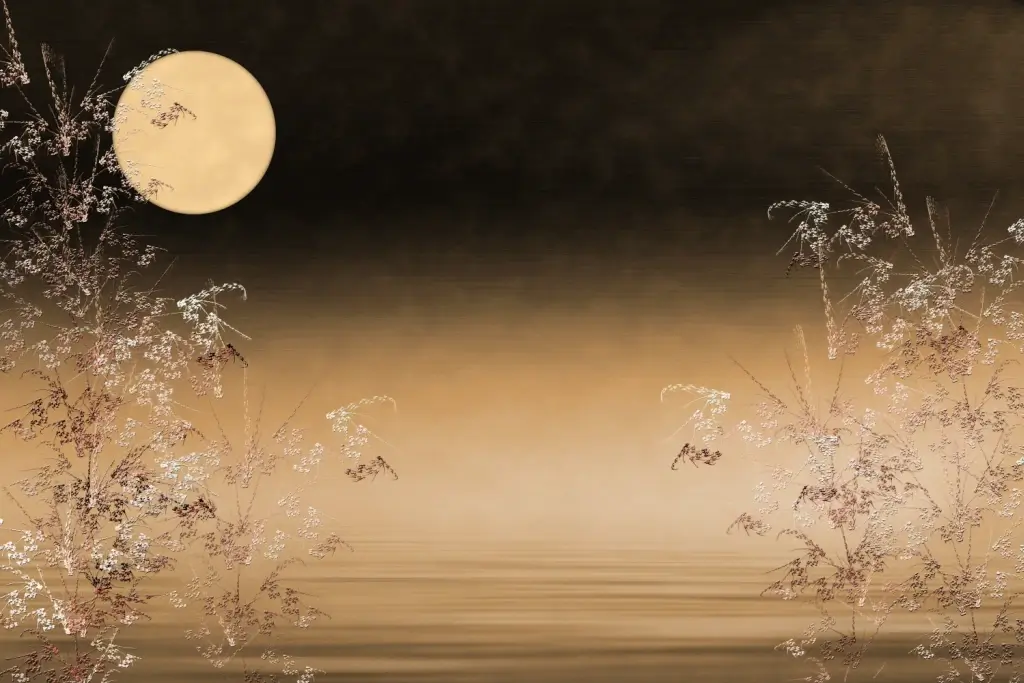
Japanese moon art can also be used to show appreciation of beauty or simply represent beauty. The moon is also central to many ancient tales, so it can evoke emotions such as love, longing, or loss. Moon art will always be a valuable expression, helping artists reveal more profound meanings. Have you ever admired Japanese moon art in a museum? What is your favorite piece, and what is the story behind it? Share your insights below so that these lunar works can inspire others!


